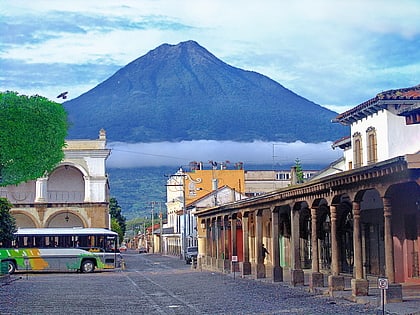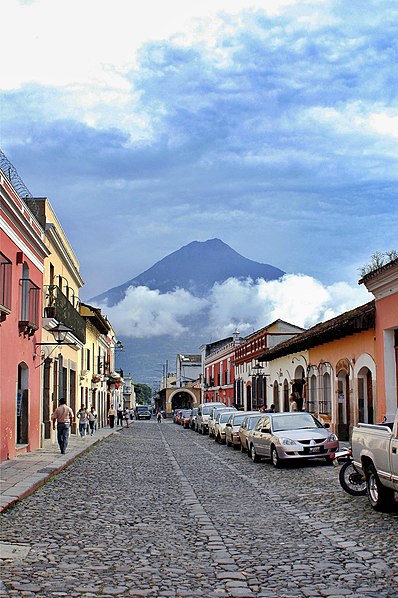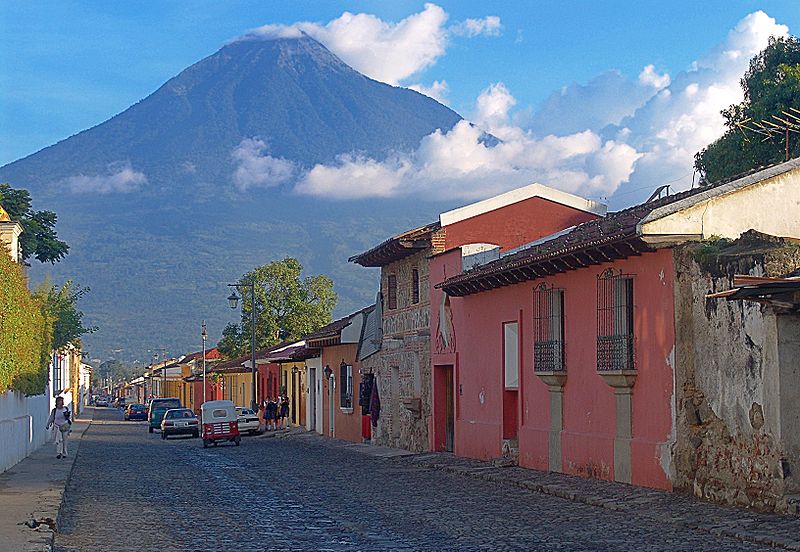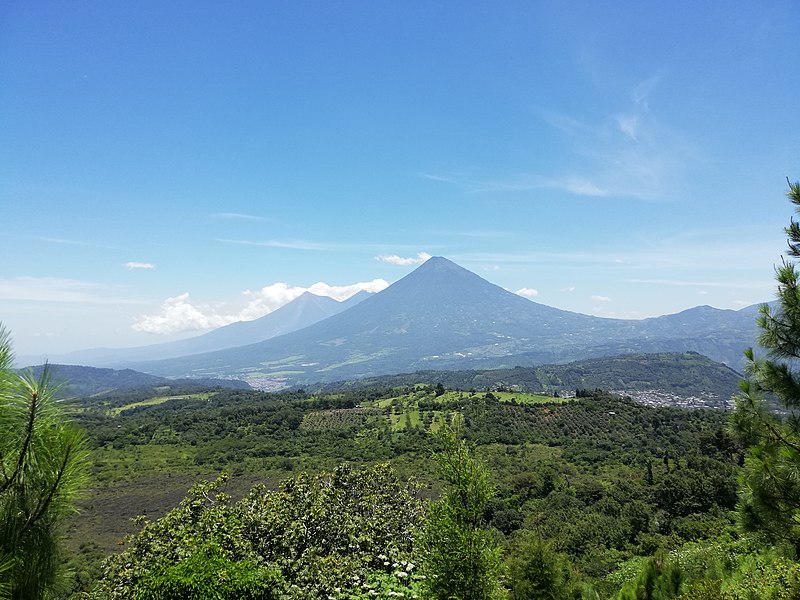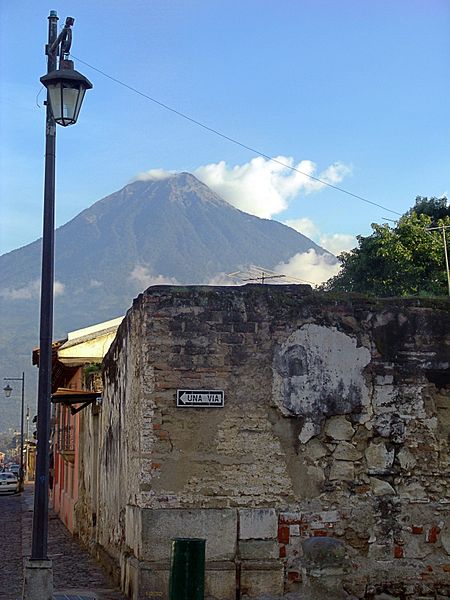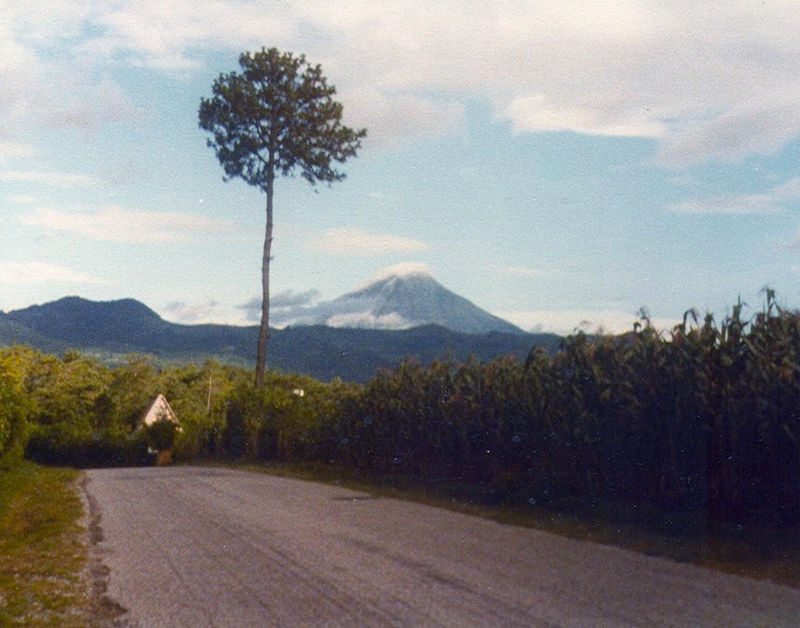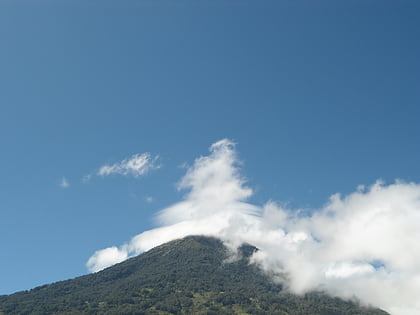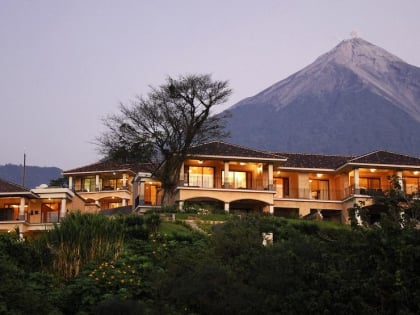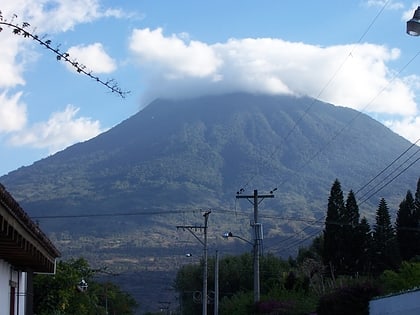Volcán de Agua, Antigua Guatemala
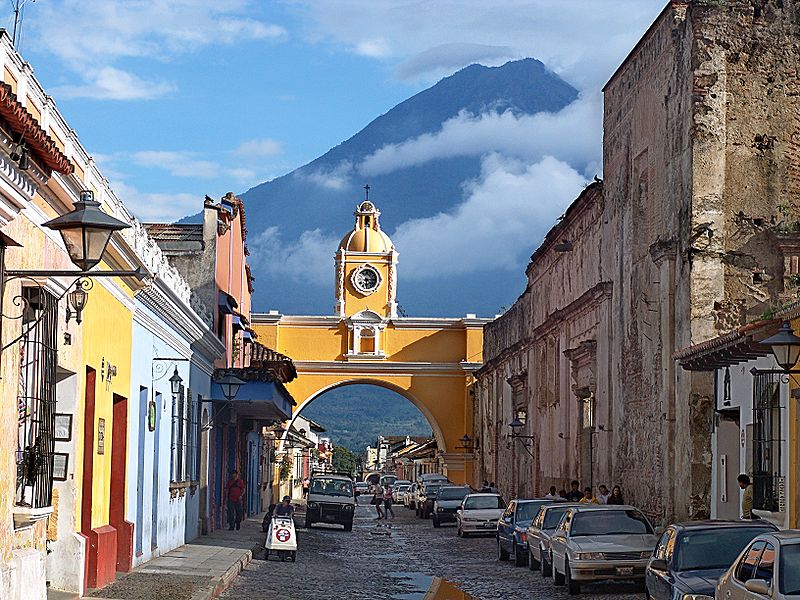
Facts and practical information
Volcán de Agua, also known as "Hunahpú" by the Maya, is a majestic stratovolcano that looms over the historic city of Antigua Guatemala. This dormant colossus stands at an impressive 3,760 meters, offering a stunning backdrop to the colonial architecture of the city below. It is an iconic landmark of the region, easily recognized by its symmetrical cone shape and lush slopes.
The volcano's name, which translates to "Water Volcano," comes from a tragic lahar that descended from its crater in 1541, destroying the then-capital of the Spanish colony, leading to the eventual establishment of Antigua Guatemala. Despite its violent history, Volcán de Agua has been dormant for centuries, with the last recorded eruption taking place in the early 16th century.
Today, Volcán de Agua is a popular destination for hikers and adventurers seeking to explore the natural beauty of Guatemala. The trek to the summit is challenging but rewards climbers with unparalleled views of the surrounding volcanoes, the city of Antigua, and the Pacific coast. The slopes are rich with coffee plantations and cloud forests, providing a glimpse into the biodiversity of the region.
While the volcano is generally considered safe for climbers, it is always recommended to undertake the ascent with a guide due to the potential for sudden weather changes and to ensure safety on the trails. For those less inclined to hike, the volcano can still be appreciated from numerous vantage points within Antigua, where its imposing presence adds to the city's charm.
Antigua Guatemala
Volcán de Agua – popular in the area (distance from the attraction)
Nearby attractions include: Santa María de Jesús, Alotenango, Ciudad Vieja.
